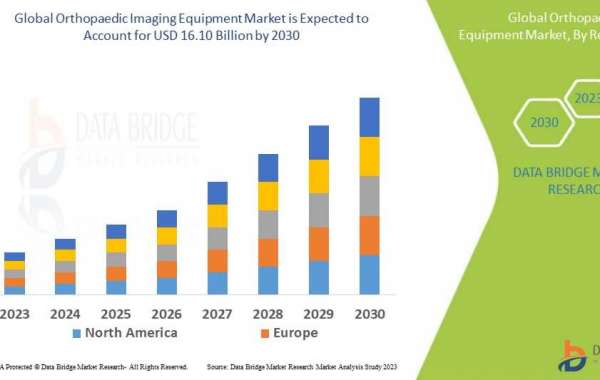In recent years, the evolution of 3D technology has revolutionized various industries, from entertainment and gaming to medicine and manufacturing. The immersive experience offered by 3D has not only captivated audiences but also opened doors to innovative applications across diverse fields. This meta exploration delves into the trajectory of 3D technology, its current state, and the promising future it holds.
Evolution of 3D Technology
The journey of 3D technology traces back decades, with early experiments and innovations surfacing as early as the mid-20th century. Initially, 3D technology was predominantly associated with stereoscopic films, creating an illusion of depth to captivate audiences. These developments paved the way for the evolution of 3D imaging and visualization techniques.
Entertainment and Gaming: 3D's Breakthrough
The entertainment industry became a major catalyst for the proliferation of 3D technology. Blockbuster films and immersive gaming experiences embraced 3D to elevate storytelling and engagement. The transition from traditional 2D to 3D formats reshaped the cinematic landscape, captivating audiences with depth and realism previously unattainable.
Medical Advancements and 3D Imaging
Beyond entertainment, 3D technology has become indispensable in the medical field. Advanced imaging techniques like MRI and CT scans leverage 3D visualization to provide detailed anatomical insights. Surgeons utilize 3D models for preoperative planning and simulation, enhancing precision in complex procedures and improving patient outcomes.
Architectural Visualization and Design
Architects and designers have embraced 3D technology for immersive visualization of structures and spaces. This innovation allows stakeholders to explore designs in realistic environments before construction commences. The integration of virtual reality (VR) and augmented reality (AR) further enhances the visualization process, offering clients an immersive preview of their projects.
Manufacturing and 3D Printing
The advent of 3D printing technology, also known as additive manufacturing, has revolutionized traditional manufacturing processes. From rapid prototyping to producing intricate components, 3D printing offers cost-effective and efficient solutions across various industries, including automotive, aerospace, and healthcare.
Current State and Technological Advancements
Presently, 3D technology continues to evolve at a rapid pace. Advancements in hardware and software have led to higher resolutions, improved rendering capabilities, and enhanced realism. Real-time rendering, powered by cutting-edge GPUs and algorithms, allows for seamless interactive experiences in gaming and simulations.
Future Potential and Emerging Trends
Looking ahead, the future of 3D technology appears promising. The convergence of 3D with artificial intelligence (AI) and machine learning opens doors to more intelligent and responsive virtual environments. The development of haptic feedback in VR/AR devices aims to create a more immersive sensory experience, further blurring the lines between the virtual and physical worlds.
Challenges and Considerations
Despite its vast potential, 3D technology faces challenges such as high production costs, interoperability issues, and ethical considerations regarding data privacy and content creation. Addressing these challenges will be crucial in harnessing the full potential of 3D technology while ensuring responsible and ethical use.
For More Info:-










